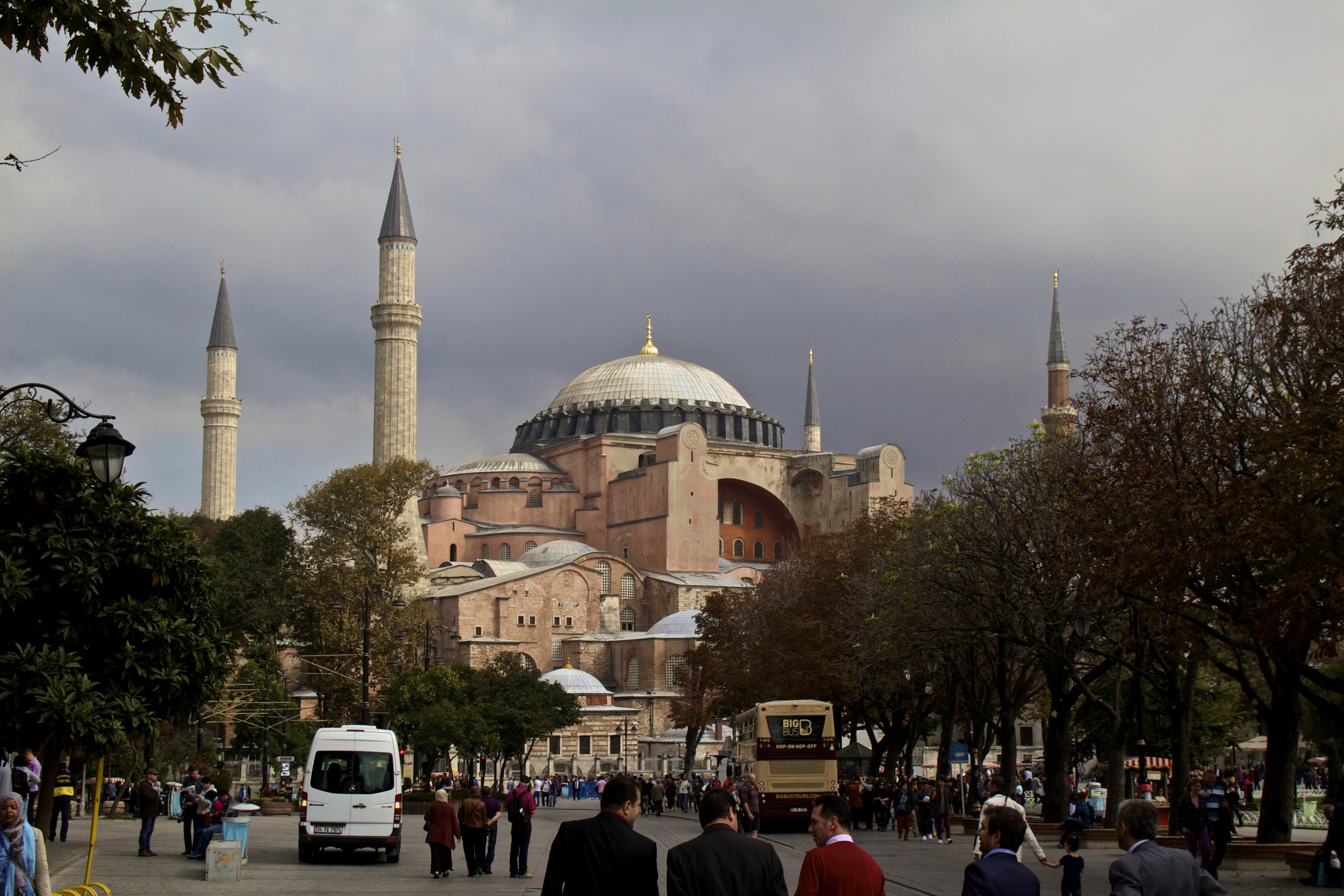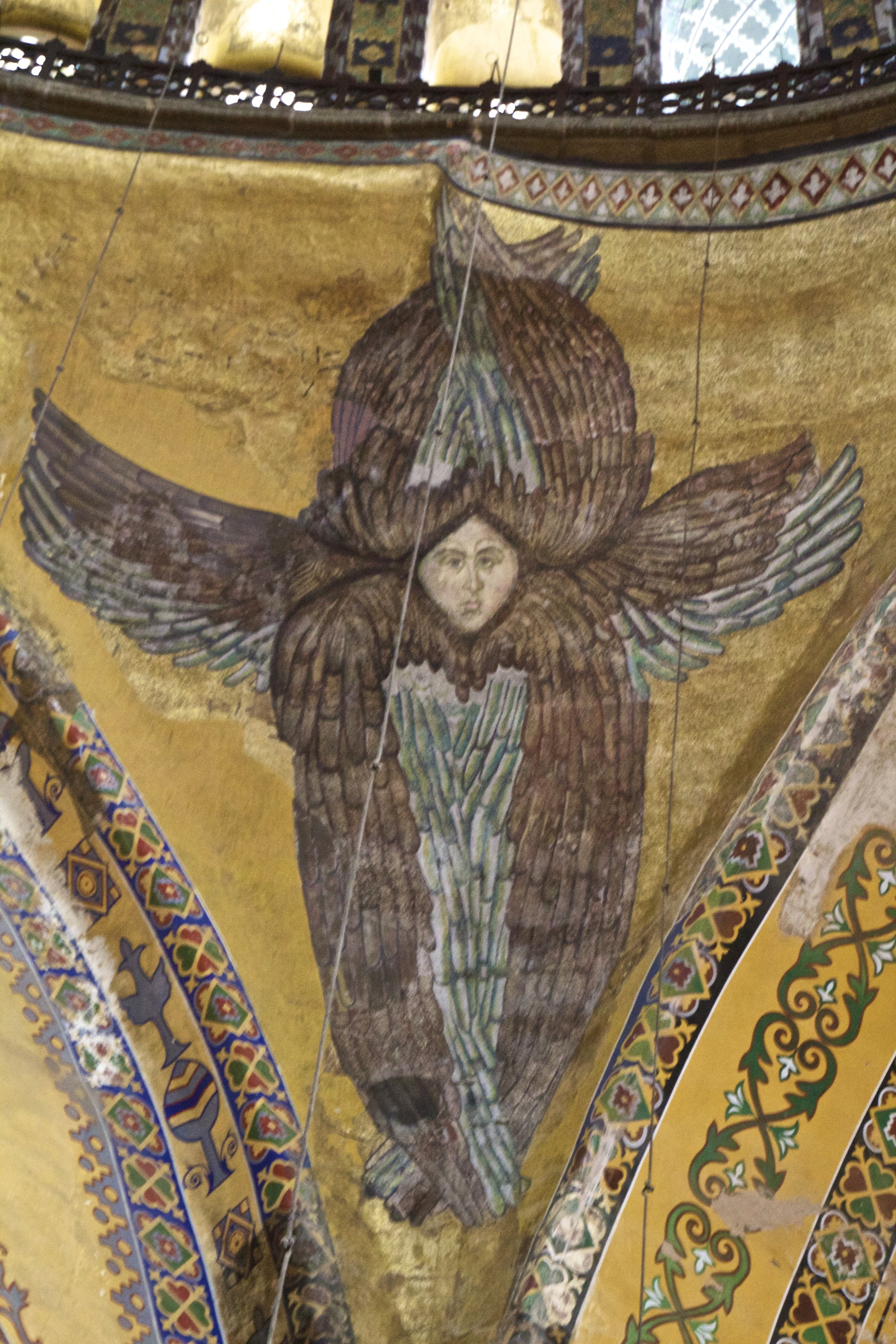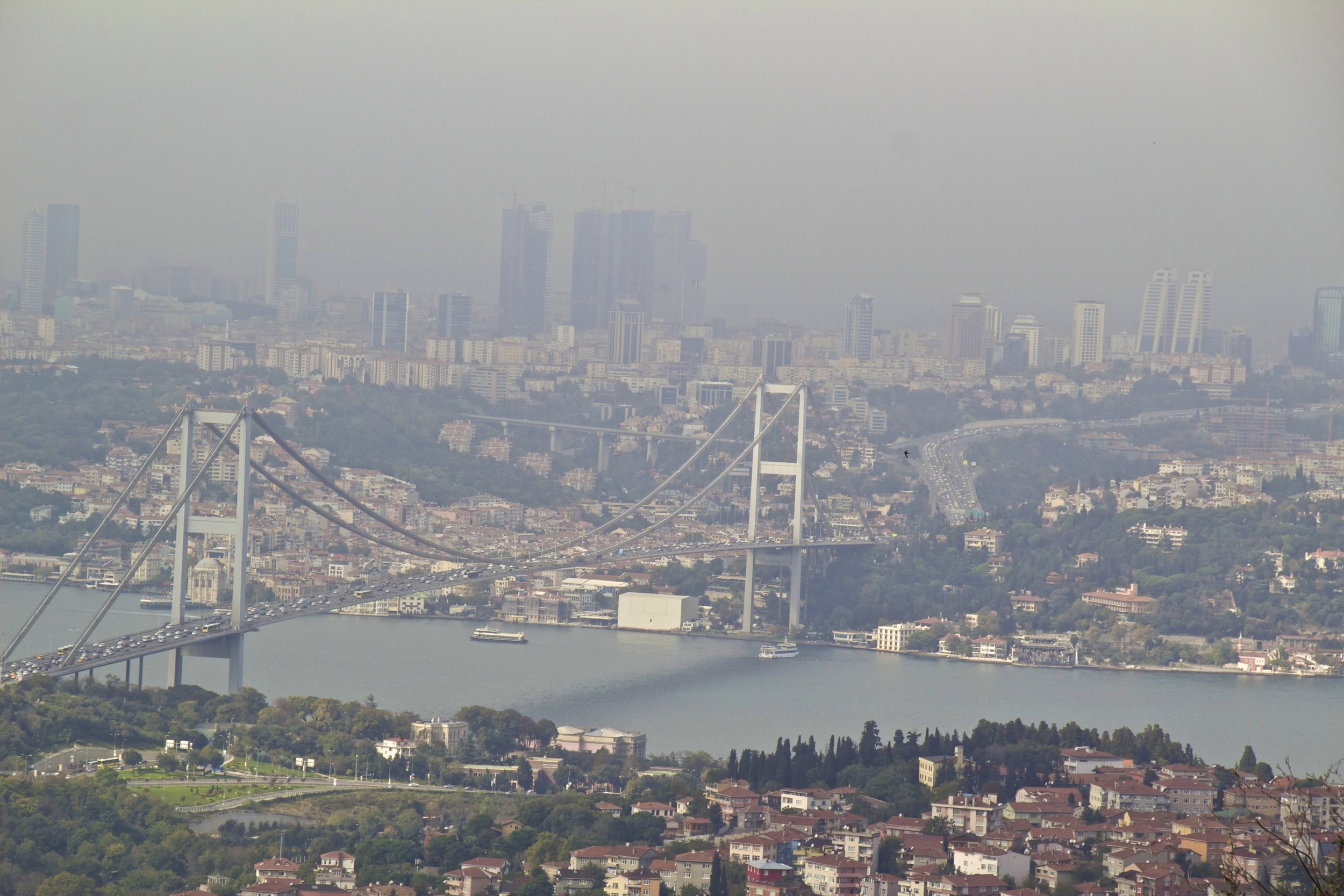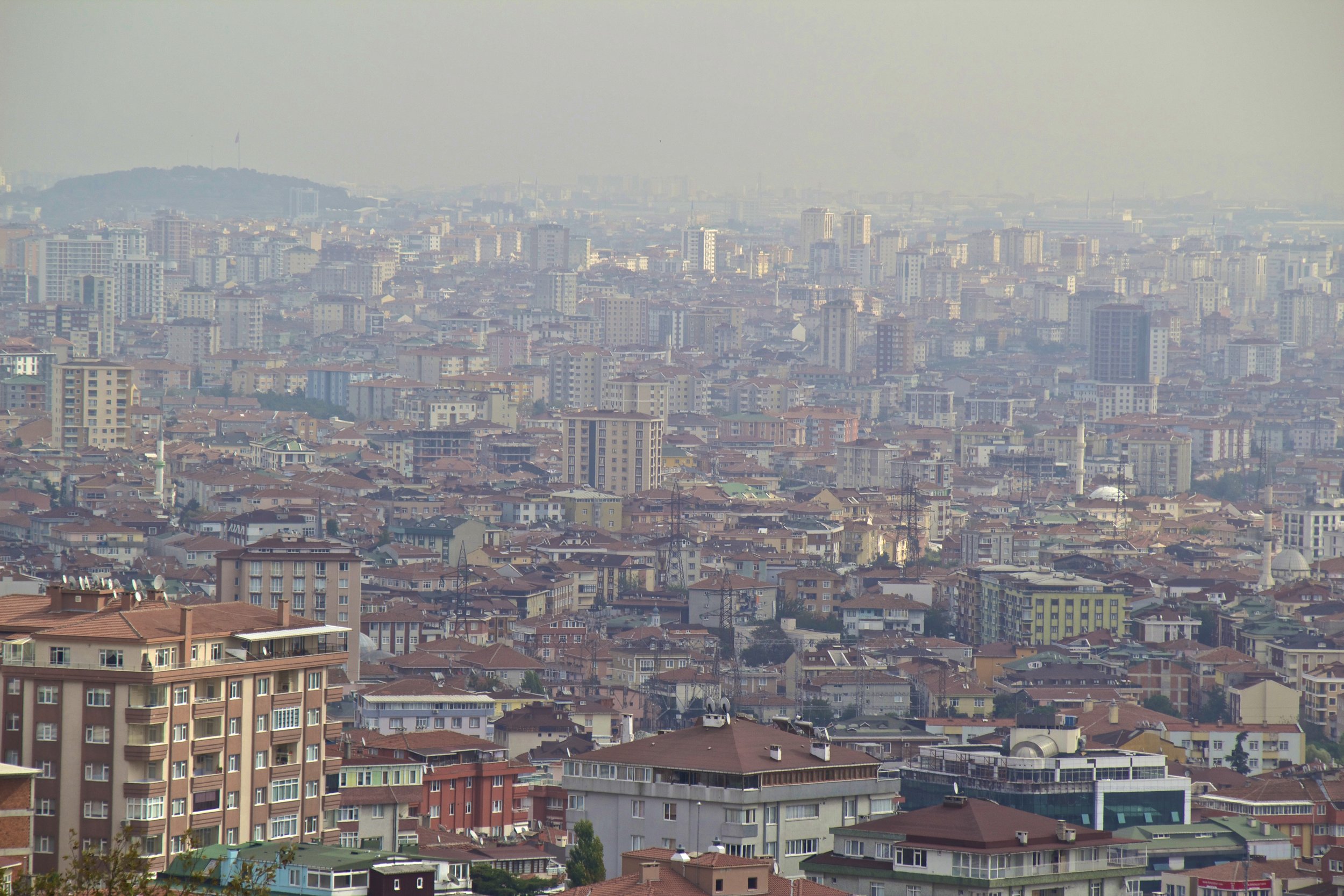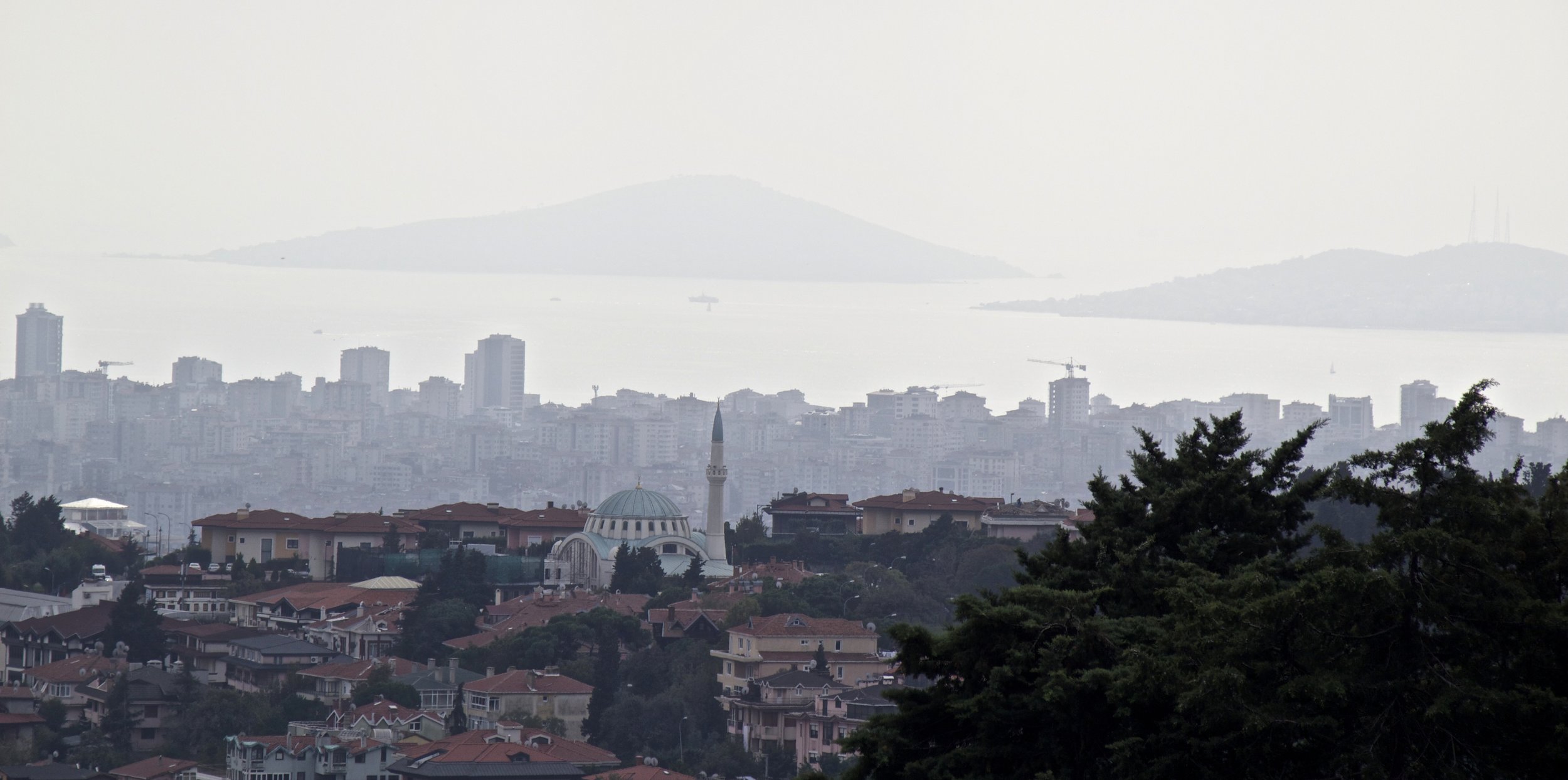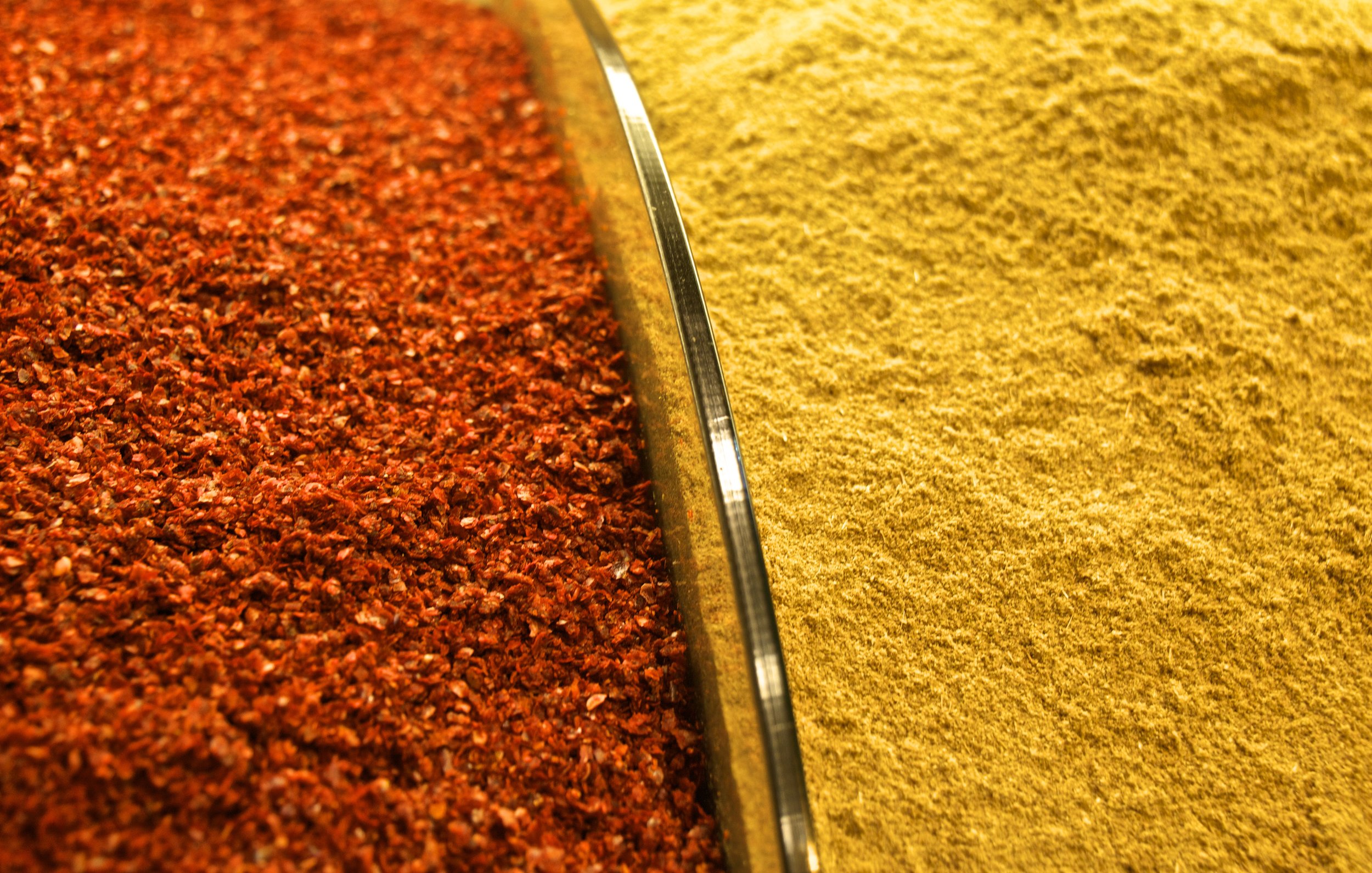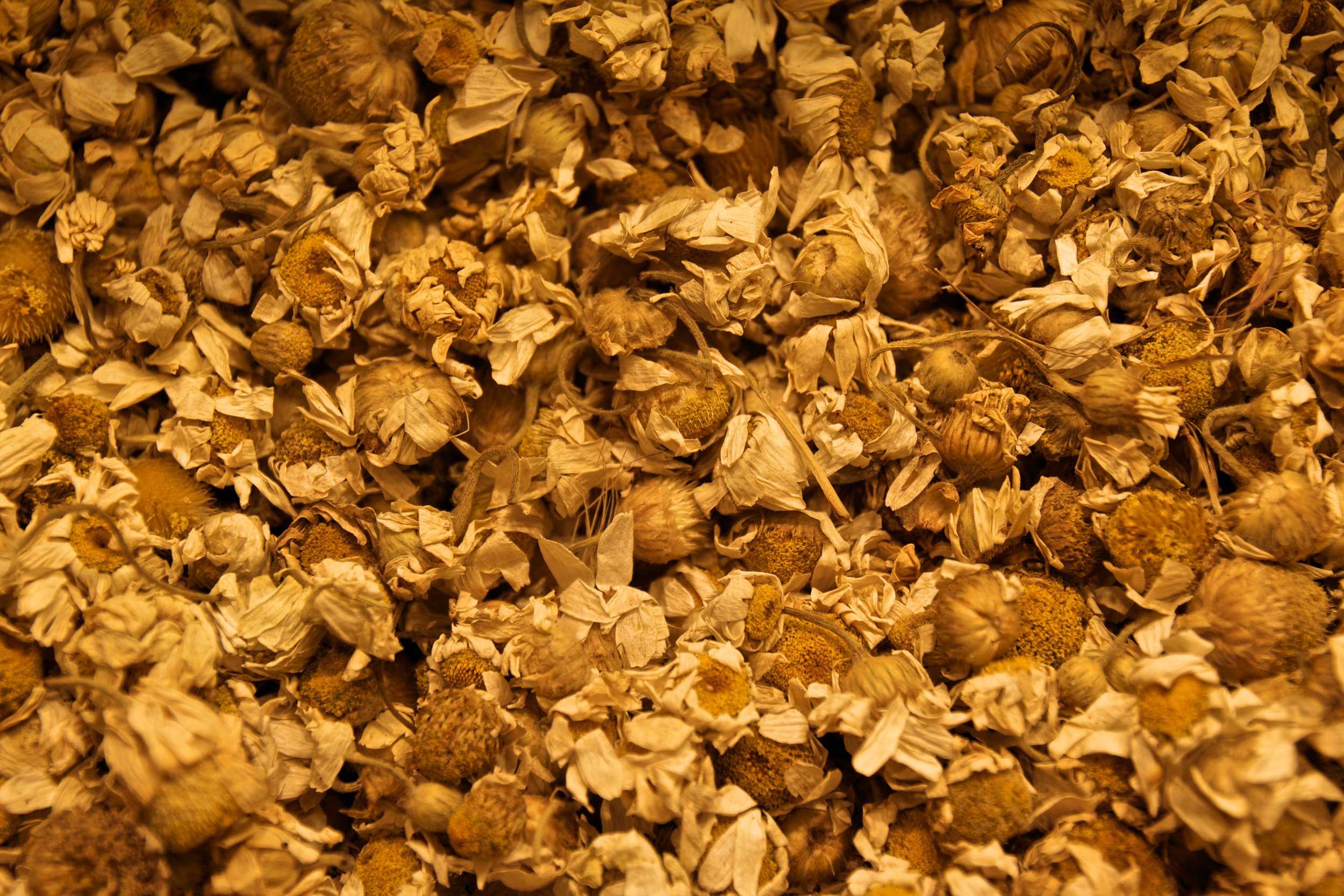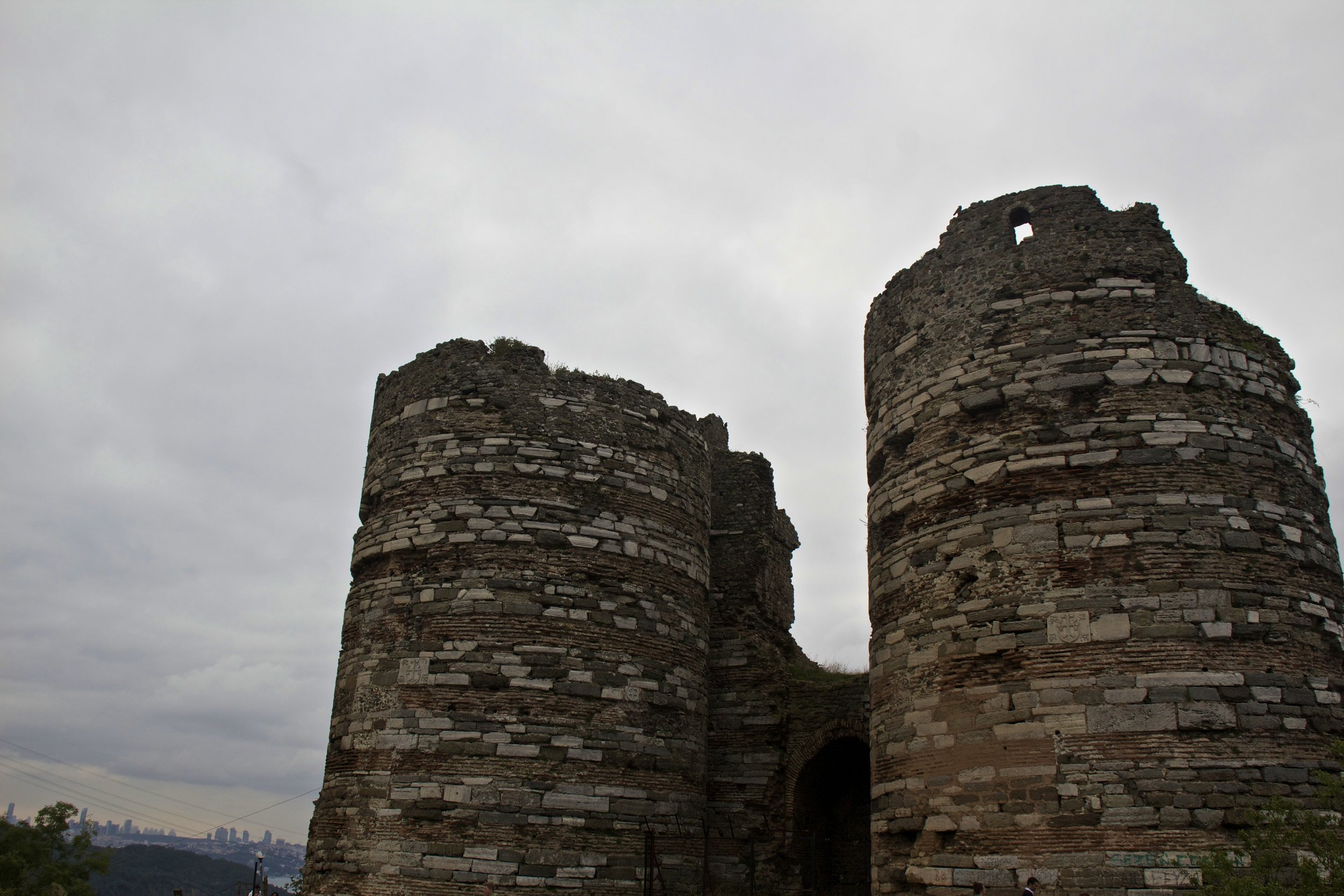








Peter's Guide To Istanbul: Tourist edition
Peter's Guide To Istanbul: Tourist edition
Welcome to the Tourist's guide to Istanbul! Today we're going to walk through a brief itinerary of sightseeing in one the world's oldest and most pivotal cities. But before we start, I want to give a HUGE thanks to Angie for putting me up and showing me around.
Here's an index of this guide, so you know what you're getting into. If one of these items in particular strikes your fancy, feel free to click on it and zoom one down the page to read about it and browse through some pictures.
Istanbul Index
Click one & zoom down
1. Your Crash-Course On Istanbul ✍️
2. The Hagia Sophia 🕌
3. Sultan Ahmed Mosque 🕌
4. Çamlica Hill 📸
5. The Spice Bazaar 🇹🇷
6. Boat Trip: Black Sea + Anadolu Kavağı 🛥️
7. Map + Final Thoughts 🤷♂️🗺️

Your Historical Crash-Course On Istanbul
Stuff happened here. A lot of stuff.
Your Historical Crash-Course On Istanbul
Stuff happened here. A lot of stuff.
Istanbul, formerly Constantinople, formerly Byzantium, is arguably one of the most historically important cities in the world. As such, it is a city with some serious history, to say the least. Over the course of the last 2 millennia, Istanbul served as the capital city for the Byzantine, Latin, Roman, and Ottoman Empires. Indeed, the city has always been of extreme strategic importance for the politics of the region. It has been a major hub of the ancient Silk Road, Eurasian rail networks, and sea trade between the Mediterranean and Black Seas.
It should come as no surprise then that Istanbul is also one of the largest cities in the world. Istanbul’s metro area houses about 14 million people, making it one of the world’s most populous cities. Istanbul proper ranks 5th in the world and 1st in Europe, although the jury is still out on weather or not Istanbul really is part of Europe at all.
Istanbul is a gateway city. Straddling the banks of the Bosporus, Istanbul is part of both Europe AND Asia. This interesting piece of real estate has left Turkey in perpetual limbo. Despite its strong Islamic culture, Turkey has made numerous attempts to join the European Union, and has been denied every time. Indeed, a lot changes from one side of Turkey to the other. To west they border Bulgaria and Greece. To the east they border Syria, Iraq, Iran, Georgia, Armenia… and ISIS. The life of a buffer country is not easy, but it certainly makes for an interesting destination.
By this time in my travels, I was absolutely exhausted, and severely jet-lagged. This made things hard, but I gritted my teeth and did my best to check off what I could from the list of Istanbul tourist attractions.

The Haggia Sofia
Turkish: Ayasofya
The Haggia Sofia
Turkish: Ayasofya
The Hagia Sophia was originally constructed as a church by the Byzantine Empire in 547. However, after the Byzantine Empire fell to the Ottoman Empire in 1453, it was converted to a mosque. Istanbul remained the Ottoman capital until the empire fell in World War I. When modern-day Turkey came about in 1923, the Hagia Sophia was retired as a functional religious site, and turned into a museum. However, in spite of it’s sedentary status as a “government building”, the call to prayer is still broadcast from the Hagia Sophia like a normal mosque.
Tickets into the Hagia Sophia cost 30 TRY (Turkish Lira) (10.31 USD), and are well worth the money.
Inside, the evidence of the Hagia Sophia’s history is a lot more striking than I had expected. The traditional Islamic turrets on the either side of the structure had given me expectations of more Islamic architecture inside, but this was far from true. The inside of the Hagia Sophia looks like somebody tried to turn a church into a mosque on a week’s notice, which is literally what happened! Giant pieces of Islamic art hang on the walls, out of place amidst the obviously Christian architecture. The Medieval stone tunnels that lead to the upper levels of the structure feel like something out of a dungeon in Game of Thrones. These tunnels, however, are far old than even Medieval.
Here's Something Weird/Cool...
The Christian murals on the walls have been altered, painted over, or chipped off in many places, as if somebody had started but not finished the task of “Islam-ing up the place.” The most interesting example of this has recently been uncovered on the ceiling’s massive mosaic. Up there, high above the tourists shuffling in and out, are an odd collection of beings. It was originally a group of seraphs (seraphs are a type of angel in Christianity and Judaism). However, when the Ottoman Empire redecorated, they painted over the faces of these mythical beings. Hundreds of years later, in 2010, one of the faces was uncovered. Roughly 3 feet wide, here is that face:
I find this particular piece of the Hagia Sophia to be extremely interesting, so I want you to know that I just summarized an incredible amount of history in a paragraph. If you want to know more about it, you should read THIS ARTICLE.

Sultan Ahmed Mosque
A.K.A. The Blue Mosque | Turkish: Sultan Ahmet Camii
Sultan Ahmed Mosque
A.K.A. The Blue Mosque | Turkish: Sultan Ahmet Camii
Just a stone’s throw away from the Hagia Sophia is Sultan Ahmed Mosque (otherwise known as the Blue Mosque): a genuine piece of Islamic architecture. This mosque was built to qualm the insecurities of Sultan Ahmet I after the Ottoman Empire’s brutal defeat at the hands of the Persian Empire in 1618. To build it, he had to take money from the Ottoman treasury, which was not a popular move, but in spite of its unorthodox origins, it certainly is nice to look at now.
Entrance into this landmark is free, which is nice. To get inside, you have to go through light security, and cover your shoes with booties. Men have to wear conservative clothing that provides maximum coverage. Women even have to wear hijabs, which are distributed at the door.
CONFESSION: This was my first time actually being inside a mosque. What I saw in there was a bit of a shock to me. Sure, it was beautiful inside, but there was more going on than just aesthetics. The main area for worship was closed off to entry for anyone other than Muslim MEN. There were small areas against the back wall for women and children. Now, I consider myself a to be a pretty non-Islamaphobic guy, but the level of institutionalized sexism here actually blew my mind. I don’t think that I had ever truly internalized the inequalities promoted by this belief system until this moment. There was a sign hanging on the wall that read, “TO UNDERSTAND ISLAM, PLEASE CONTACT THE SPECIALIST."
Lol.
Maybe I should contact this alleged specialist to understand why what I just saw was not completely discriminatory. Honestly though, I've received so much hospitality and kindness from Muslim people throughout my travels that I can't pin this on any of them. Religion is a powerful thing, and we're all just trying to do the best we can with what we have. This just made me feel sorry for women born into this world. It's a hard dynamic to justify. I left annoyed. Here’s some pictures from inside anyway:

Çamlica Hill
Turkish: Büyük Çamlıca Tepesi
Çamlica Hill
Turkish: Büyük Çamlıca Tepesi
Sitting at 879 feet above sea level, Çamlıca Hill looks down over the Bosporus strait from the Asian side of Istanbul. From the top of this hill, over the rooftops of Üsküdar (I’ll talk about this neighborhood in the next post), there is a nice view of the Bosporus Bridge. Off in the distance, the Prince Islands are visible. The day that we visited, however, the visibility was pretty poor. It was a grey few days that I spent in Istanbul, but I didn’t mind.
At the top of Çamlıca Hill is a little park, with places to eat, and a large outdoor patio to sit at. Here there were families spending quality time together. There were young couples canoodling. There was a wedding party – enormous white dress and all – sitting at a table having a few ice cream cones. There was a group of men sitting together, one of whom was wrapped in bandages, which were covering a pretty gnarly and fresh-looking head wound. Around the periphery an old Syrian women begged for money. There were a lot of interesting stories happening here at once. I would love to come back and spend a longer time in Istanbul so that I could hear these sorts of stories.
During our cab ride down the hill, I had a moment of panic when I saw a young boy throw himself in front of the moving vehicle in front of us. Thankfully, the vehicle stopped in time, and the boy was fine. This boy’s friends then came and surrounded the car, knocking on the windows, asking for money. It was the most aggressive instance of begging that I’ve ever seen. My local friend told me that these boys were also Syrian. There are a lot of Syrians in Istanbul whose only chance at staying alive is begging. There is a apparently a large refugee camp south down the coast from Istanbul.

The Spice Bazaar
Turkish: Mısır Çarşısı
The Spice Bazaar
Turkish: Mısır Çarşısı
We skipped the Grand Bazar in favor of going to the Spice Market. This sounded a lot more interesting to me, so that’s where we went. It was a long market filled to the brim with exotic spices – jasmine, epazote, turmeric, sumac, safron, you name it – and of course, an extensive collection of Turkish Delight. I bought a few variety packs of Turkish Delight to bring home as Christmas presents from a Syrian shop owner. He spoke excellent English; apparently he had learned by watching American movies and listening to American music. It was a super interesting stretch of market. Just check out these pictures...
Assorted Turkish Spices:
The Classic: Turkish Delight
Around The Spice Bazaar:

Boat Trip: Anadolu KavaGı + The Black Sea
Turkish: Kara Deniz + Anadolu Kavağı
Boat Trip: Anadolu KavaGı + The Black Sea
Turkish: Kara Deniz + Anadolu Kavağı
Last, but not least, is the boat trip we took. For 20 TRY (6.83 USD) we got a boat to take us up the Bosporus strait, to the edge of the Black Sea. Our destination was a little town called Anadolu Kavağı.
As I watched Istanbul float by – the quaint brown roofs on the rolling hills – I realized just how immensely big this city is. It was a solid few hours to the mouth of the Black Sea, and the banks of the Bosporus were populated the entire way there. On a sunny day, this would have been a beautiful boat ride, but under those gray skies the landscape took one a different, more morose personality.
Finally we arrived in Anadolu Kavağı. It was a cute little sea-fairing town. Walking off of the docks, the main square of the town is mostly seafood restaurants. Fish are packed in ice out front, and shop owners mingle with customers. We were hungry, so we stopped into a relatively innocuous looking restaurant. We ordered lunch, talked the kindly old restaurant owner, and everything was going well until we received the bill. It was 80 TRY (27.43 USD), which is ridiculous! Half of that would have been expensive. This was just wrong. As for what to do about this, I defer to the judgement of my local friends in situations like this, and the verdict was to pay and move on. It was still crazy though. But, to the credit of this shop owner, when we walked by again a few hours later, he insisted that we stop for tea, free of charge. Maybe he was feeling bad for ripping us off.
We went off down the alleys of the little town to explore. It was a quaint little settlement, but most alleyways yielded dead ends. There was 1 major road in this town, and it went straight uphill.
This was a substantial, steep hill we were climbing. In the not-so-distant past I was a Division I athlete, but I’d be lying if I told you that climbing this hill was not a challenge. As the town faded away, its residential buildings were replaced by military compounds. Turkish soldiers walked here and there, and military children waved to me through chain link fences.
Finally, I reached the top of the hill, and the Ottoman fortress that sat there. If I’m being honest, this fortress was a complete letdown. It was a pile of bricks. You couldn’t even walk all the way around the exterior, let alone go inside. It was a look-out, next to a pile of bricks. At least the view out to the black sea was nice. A bridge was most-of-the-way finished, so aside from this construction project, it was beautiful.

The Istanbul Map + Final Thoughts
İstanbul ile ilgili son düşünceler ve şehrin haritası
The Istanbul Map + Final Thoughts
İstanbul ile ilgili son düşünceler ve şehrin haritası
Here's This Guide On The Map:
Of course, there's a lot more to see in Istanbul than just this, but this should get you started. This history in Istanbul is, quite literally, the stuff of legends. For me, the history surrounding these places was what made all this so interesting.
If you're interested in learning more about Istanbul, check out the Local's Guide to Istanbul, where we explore some Istanbul's neighborhoods and culture. To get an overview of our coverage of Turkey, as a country, go to the Turkey Index.





